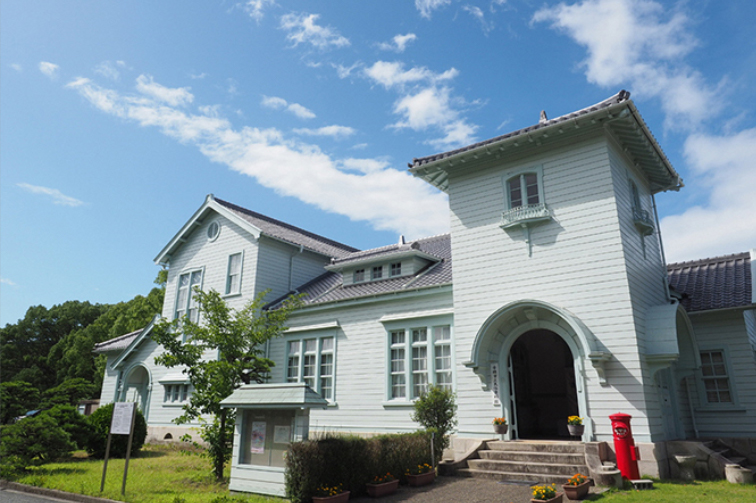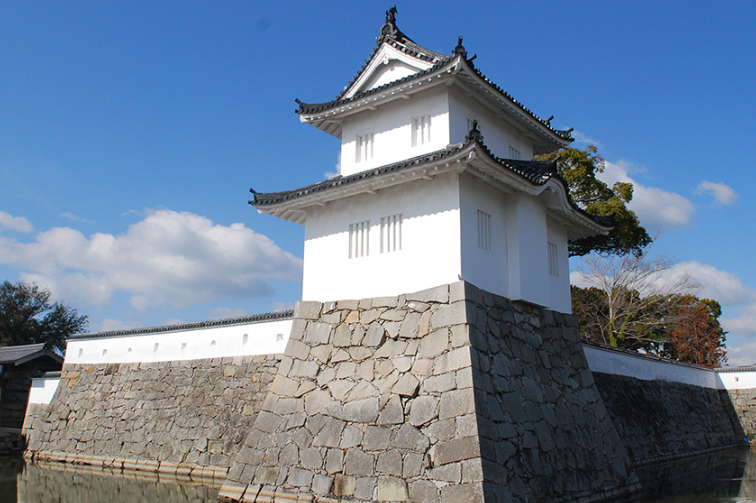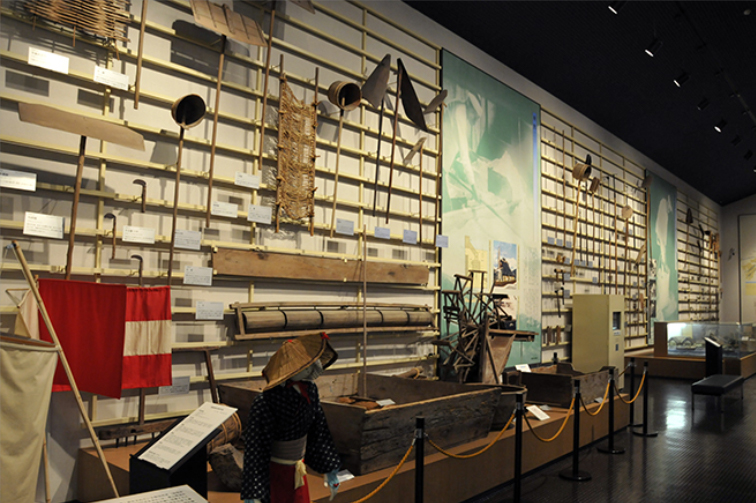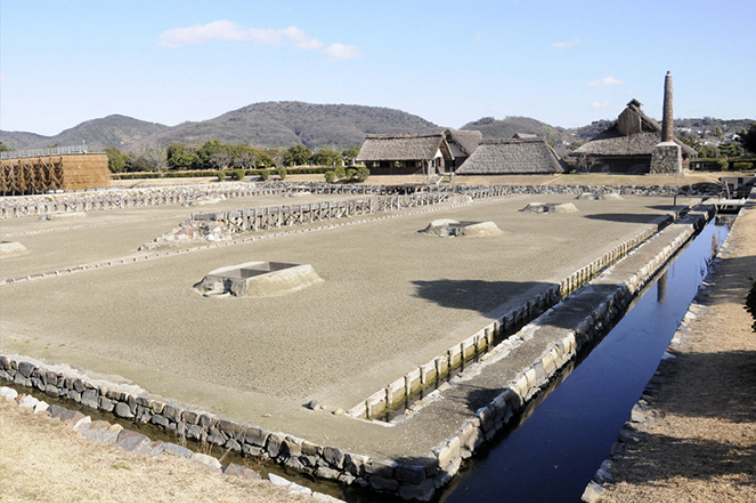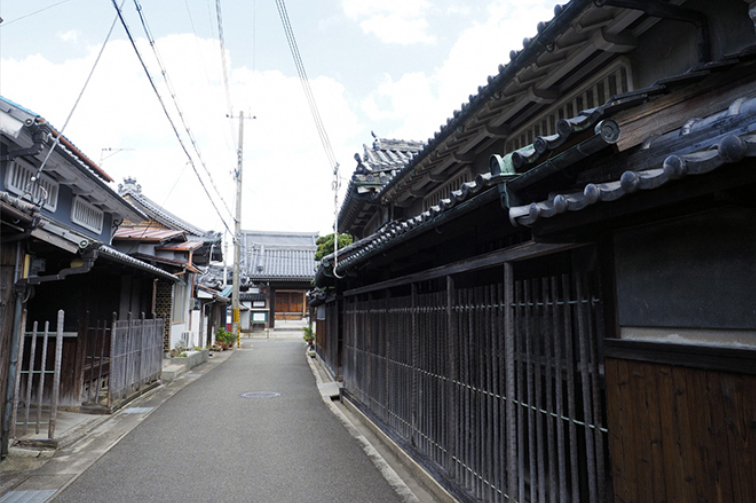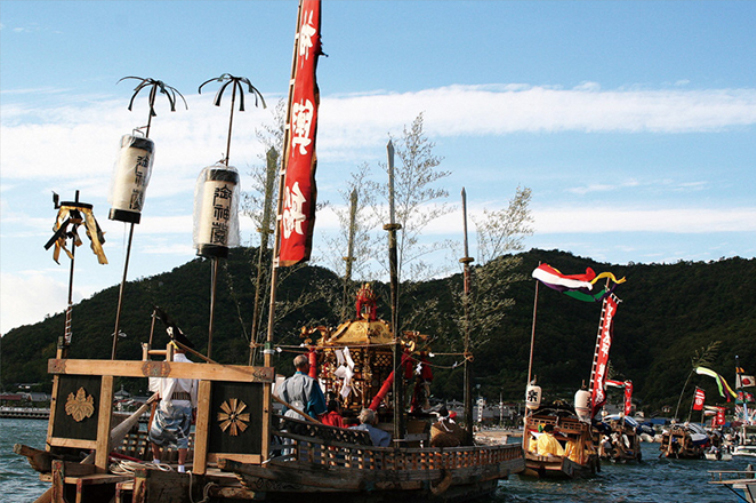|
Former Japan Monopoly Corporation Ako Branch of the Salt Warehouse Group
Shioya Kou Shrine and Shiogama Shrine
The streets of Shioya
The remains of the water channel for the Nishihama Salt Field
Nishihama Salt Field Documents
Furuike Salt Field Remains
Shiogama Shrine
Ako Railroad Track Ruins
Ako Hachimangu Shrine
Okada Yahei Tombstone
Shiogama Shrine
The streets of Osaki
Collection of the Ako City Tabuchi Museum of Art and Craft
Higashihama Salt Field Channel Remains
Genrokubashi Bridge
Ako Marine Science Museum
The Seawall and Breakwater of Higashihama Salt Field
Iwatsuhime Shrine
The Scenery of Ako Misaki
Higashihama Salt Field Intake Facility Ruins
The streets of Misaki
Salty Manju Bun
Oosake Shrine
The streets of Sakoshi
|
